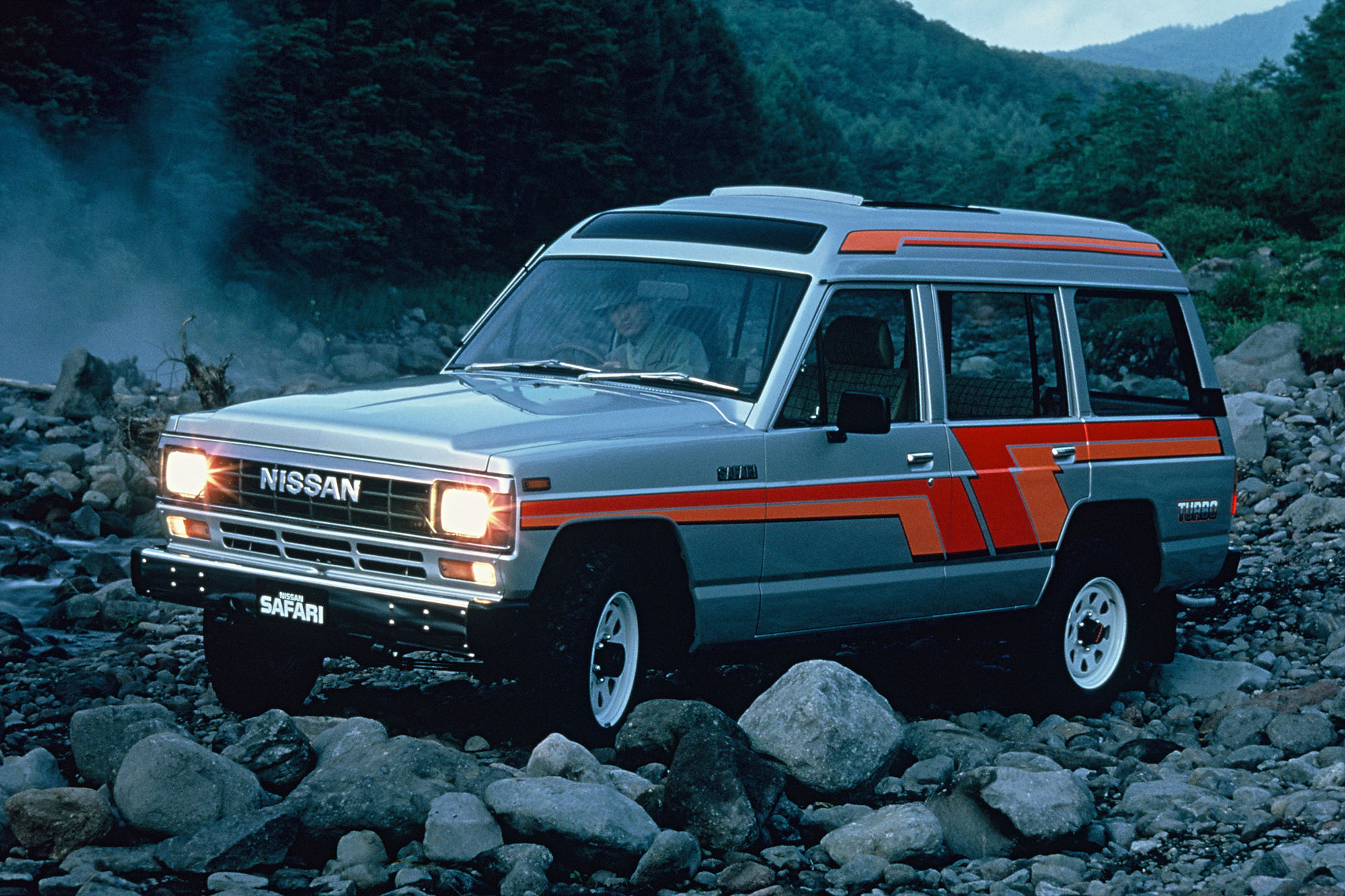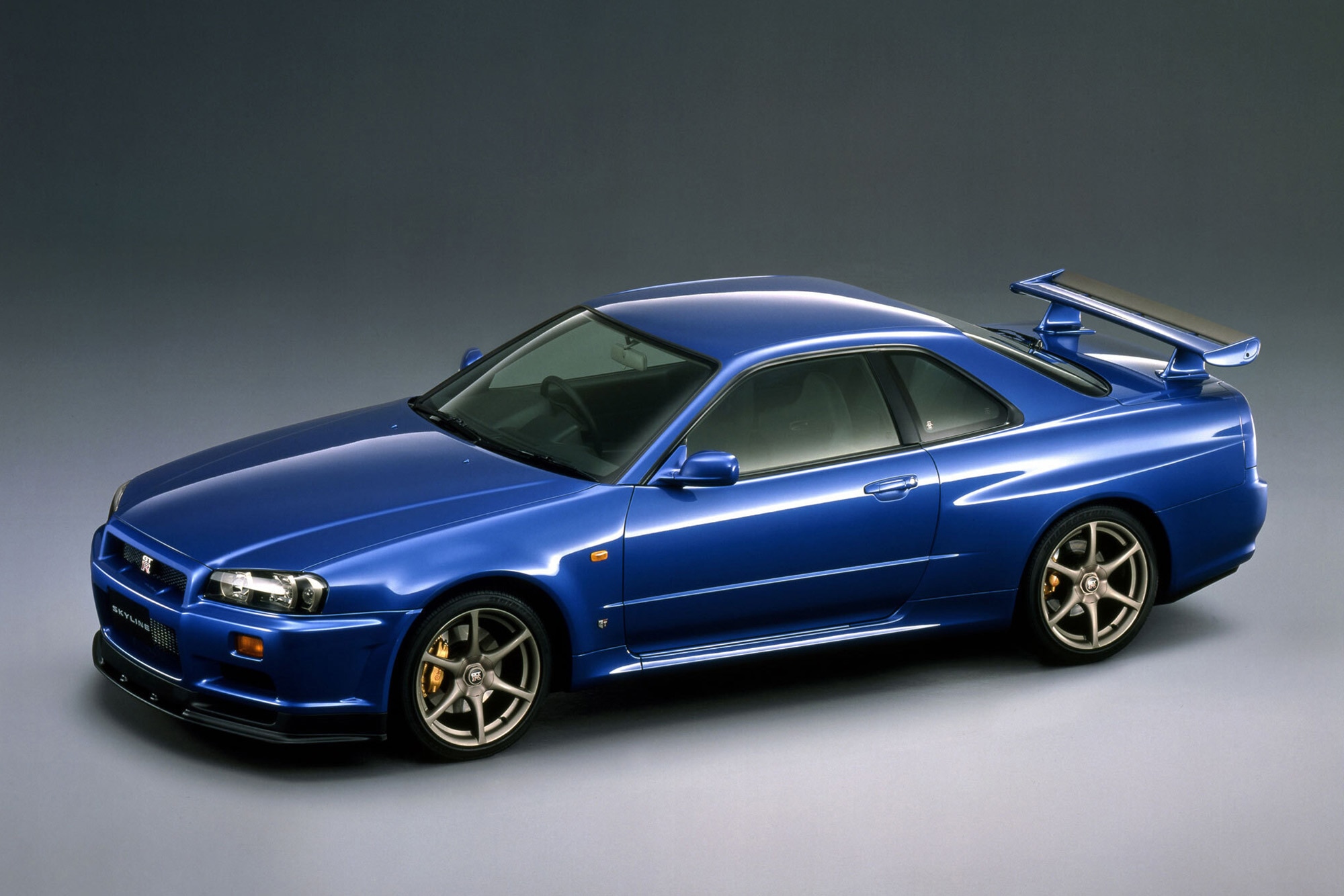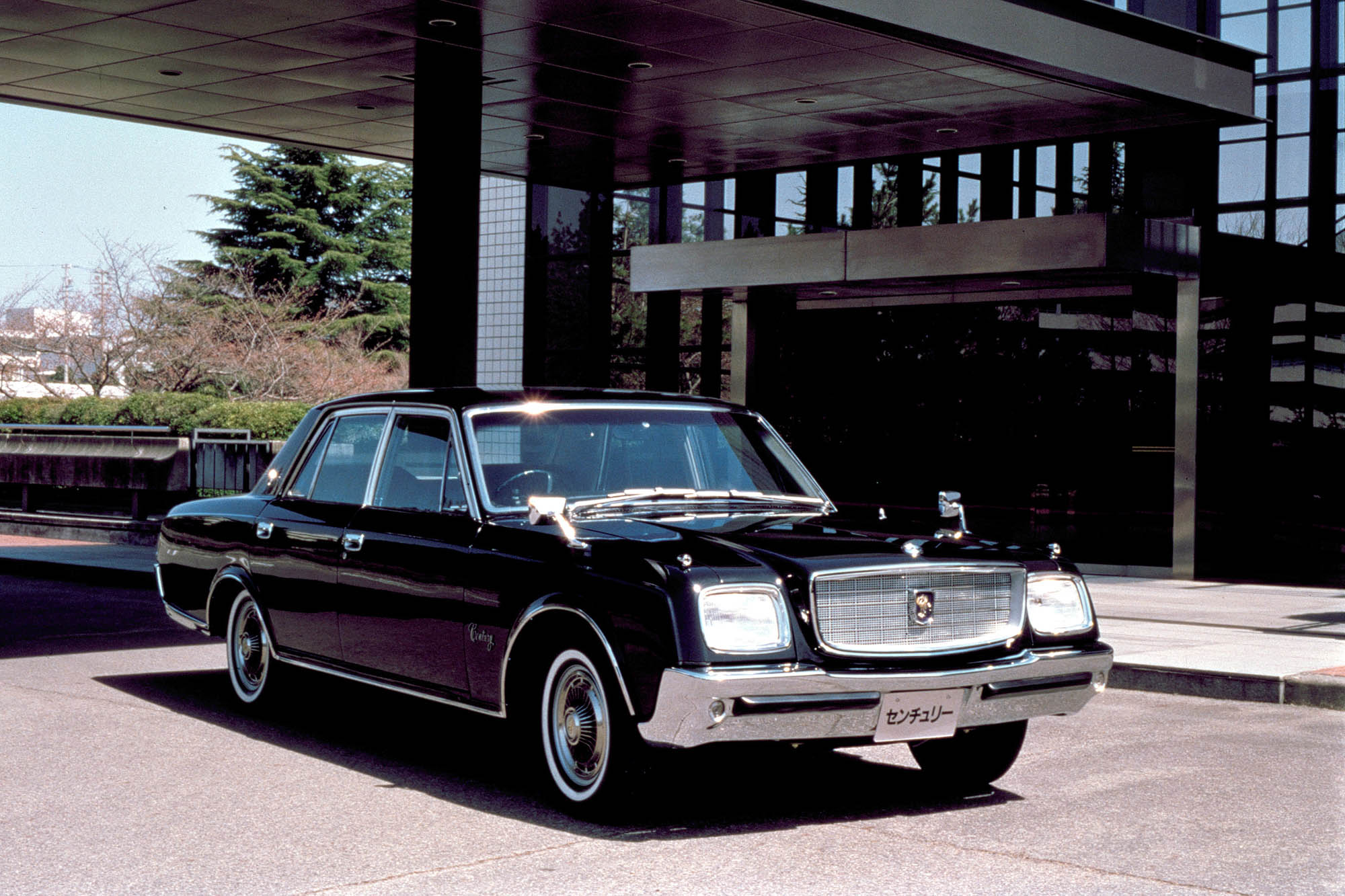What Is a JDM Car?
A brief guide to Japanese cars not sold in the U.S.
 Nissan
Nissan
For many auto enthusiasts, the letters JDM refer to cars that are both cool and unattainable. Strictly speaking, JDM stands for "Japanese domestic market" and describes cars intended for sale in Japan, not the U.S. But there's more to the story.
 Nissan
Nissan
Some U.S. Drivers Want High-Performance Cars Built for Japan
Most countries have their own sets of laws governing vehicle safety, emissions, road taxes, and imports. Carmakers must comply with each country's rules to sell cars there, meaning there are vehicle differences from one market to the next.
The term JDM came into wider use in the 1990s, when interest in modifying U.S.-market Japanese performance cars was growing in the U.S. Auto enthusiasts noticed that Japanese carmakers sometimes created high-performance variants of popular cars for their home market that were not sold in the U.S. Some entire model lines were not even sold in the U.S. market.
This includes exclusive models of vehicles such as the Nissan Skyline GT-R. The Japanese market also has kei cars, which are small city vehicles designed to conserve fuel and take up very little space.
Additionally, there are models that look very similar on the outside but have performance upgrades under the exterior. To take a popular example, a standard four-cylinder Honda Accord that Americans could buy in 1996 came with 130 to 145 horsepower. In Japan, a nearly identical-looking Accord could be optioned with 188 horses.
In time, the term JDM was co-opted to describe all sporty Japanese cars, or just Japanese cars in general. But while the 188-hp Accord is JDM, the American-market Accord is technically a USDM (U.S. domestic market) car, even though Honda is a Japanese company.
 Toyota
Toyota
JDM Cars Differ From U.S.-Market Counterparts in a Variety of Ways
Visually, the most obvious difference between USDM and JDM cars is that JDM models have their steering wheels on the right-hand side, as people in Japan drive on the left side of the road.
Automotive lighting also can be different. For example, cars that drive on the right side of the road have subtle differences in the headlights to reduce glare for oncoming drivers on the left side of the car. Taillights, turn signals, and side markers may differ as well. In the case of the Accord, a USDM example has amber turn signals, while a JDM Accord has clear turn signals.
Cars sold in the U.S. are required to have certain emissions-reducing equipment. JDM vehicles can have different equipment that may not be compatible, so in some states, such as California, imported cars cannot be registered for road use without undergoing a certification.
 Honda
Honda
JDM Vehicles Serve a Variety of Segments Overlooked by U.S. Carmakers
Many of the more popular JDM cars are from the mid-1980s to the mid-2000s. Some have turbocharged engines and all-wheel drive, but Japanese carmakers began officially offering such cars in the U.S. years ago.
In 2003, Mitsubishi brought over its rally car-inspired Lancer Evolution. The similar Subaru WRX STi followed a year later. Nissan began offering its GT-R supercar in 2008. As such, while older generations of these cars are highly sought after, there isn't as much of a reason to import newer ones, since USDM counterparts are readily available.
Also, the U.S. has a federal law that prohibits the import of vehicles newer than 25 years old. This means cars from 1999 are eligible in 2024.
In addition to the popular high-performance models listed above, there are JDM cars that fill some niches U.S. automakers have overlooked. Microcar collectors, for example, often are enthusiastic about kei cars — from sporty examples such as the Suzuki Cappuccino to compact trucks such as the Honda Acty.
There are also camper vans for outdoorsy people, such as the Mitsubishi Delica Star Wagon and Mazda Bongo Friendee with a built-in pop-up tent. Off-roaders might want a Toyota Land Cruiser or Nissan Safari. Those who want to cruise in Rolls-Royce-like luxury can opt for a Toyota Century or Nissan President.
Written by humans.
Edited by humans.
 Ben Hsu
Ben HsuBen Hsu is a Southern California-based automotive journalist and historian who has specialized in classic Japanese cars for the last two decades. He drives an FJ60 Toyota Land Cruiser and a Subaru SVX. He has also owned countless other vintage and modern vehicles.
Related articles
View more related articles